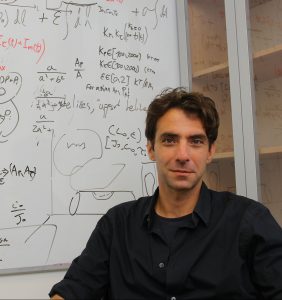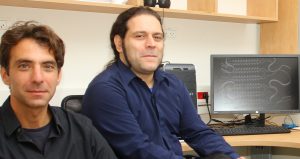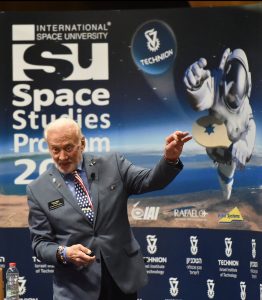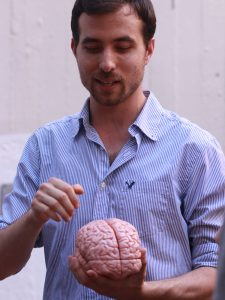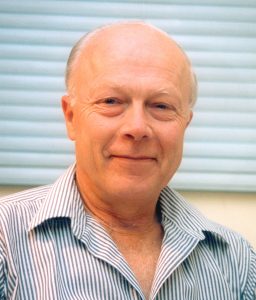More Medals for Israel at the International Science Olympiad
The Israeli Chemistry Team’s Impressive Achievements: One Silver and Three Bronze Medals
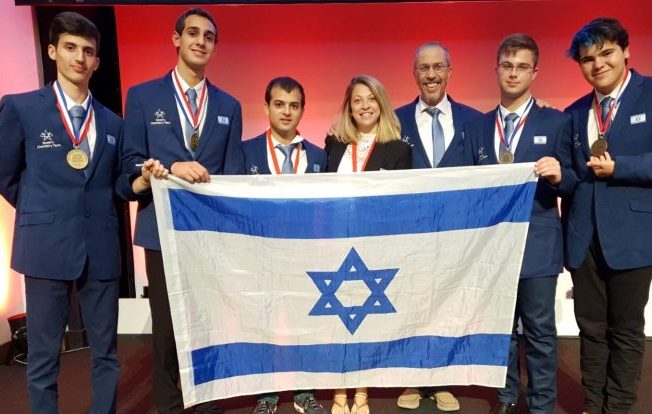
(r-l) Ron Raphaeli, Roi Peer, Professor Zeev Gross, Dr. Izana Nigel-Etinger, Assaf Mauda, Hallel Shohat, Ron Shprints
The Israeli delegation is returning home decorated with medals won last week at the International Chemistry Olympiad (IChO) for high school students in Paris. This follows Israel’s outstanding achievements at the International Physics and Mathematics Olympiads. Four team members won medals – three bronze and one silver. The Israeli Chemistry Team was trained at the Technion Schulich Faculty of Chemistry under the direction of Prof. Zeev Gross and was supported by the Ministry of Education and the Maimonides Fund.
These are the delegation members who have made Israel proud:
- Roi Peer from Magen Haim – gold medal
- Ron Shprints from Ashdod – bronze medal
- Ron Raphaeli from Kfar Yedidyah – bronze medal
- Hallel Shohat from Jerusalem – bronze medal
The International Chemistry Olympiad is the oldest of the International Science Olympiads for high school students. The event was held for the 51st time this year in Paris, France with the participation of 300 high school students from 80 countries across the globe. Israel has been participating since 2006 and over the years has amassed impressive achievements: two gold medals, six silver medals, 24 bronze medals and four honorable mentions.
The delegation was headed by Professor Zeev Gross from the Schulich Faculty of Chemistry at the Technion and head of the Technion Youth Program in Chemistry. Dr. Izana Nigel-Etinger was the main coach. Two Technion graduate students who won chemistry medals in the past—Assaf Mauda and Raz Lotan—helped train the students, along with laboratory engineers Gabriele Halevi and Emma Gratz, and with Dr. Avital Lahav, who runs the faculty’s youth program.
Prof. Zeev Gross, Head of the Youth Program, Schulich Faculty of Chemistry at the Technion: “Bravo to our students for courageously persisting throughout the grueling preparations and training. Under the guidance of Dr. Izana Nigel-Etinger, the delegation members engaged in extensive and in-depth preparations and developed the emotional resilience that enabled them to do their utmost when it counted. The competition included a five-hour hands-on examination in which the students were required to conduct three different laboratory experiments and a five-hour theoretical examination that entailed solving more than 100 problems. Senior faculty members, laboratory engineers, and other doctoral students, all from the Schulich Faculty of Chemistry, were partners to this major effort. Particular thanks go to the two former medal winners—Assaf Mauda and Raz Lotan—who are currently graduate students at the Technion.”
Rabbi Rafi Peretz, Education Minister: “I congratulate our students on their impressive achievement in chemistry. Together with Israel’s achievements in mathematics and physics, this notable achievement places Israel at the forefront. For the winners, this achievement is only their first step on their way toward groundbreaking achievements in chemistry research. I have no doubt they and their fellow physics and mathematics students will lead Israel to major achievements in the future and will position Israel among the world’s leading nations. Science is the torch that lights our way, and we will continue to strengthen and promote it.”
Shimshon Shoshani, Chair, Maimonides Fund Future Scientists Center: “The Israeli science teams are continuing to make the State of Israel proud and to attain outstanding individual and international achievements. The Israeli chemistry team’s inspirational achievements are proof that investment, perseverance, and determination to excel lead to success and achievements. The State of Israel has been blessed with talented young people and we must continue to do our utmost to maximize their potential.”
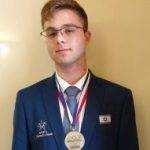
Roi Peer from Magen Haim – gold medal
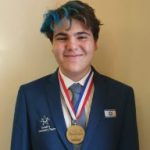
Ron Raphaeli from Kfar Yedidyah – bronze medal
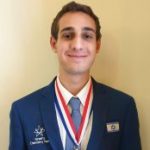
Hallel Shohat from Jerusalem – bronze medal
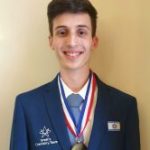
Ron Shprints from Ashdod – bronze medal



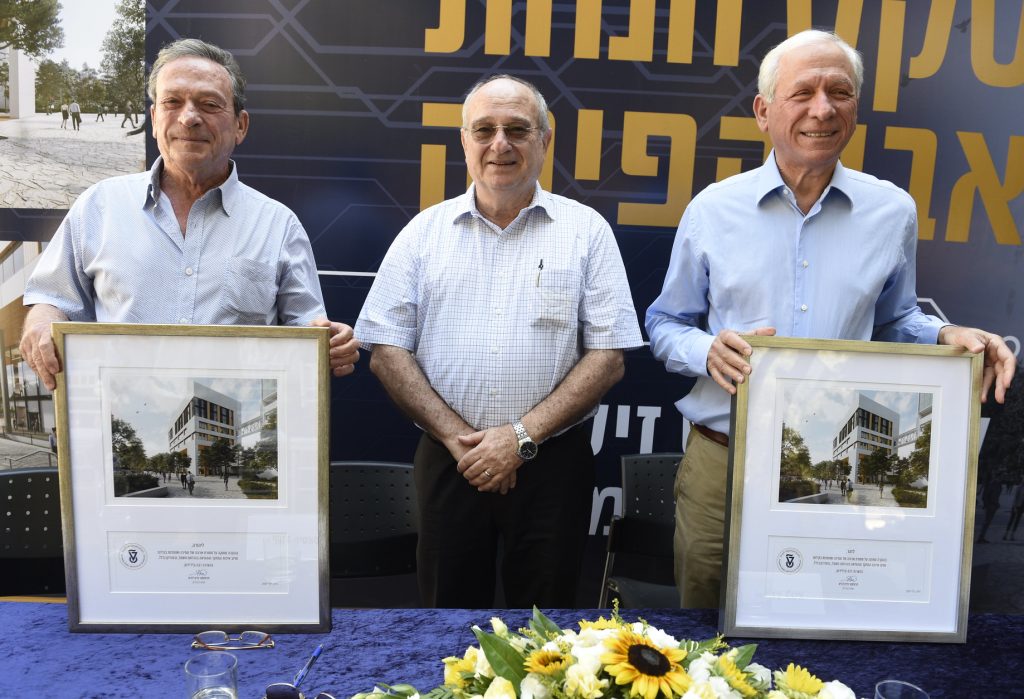
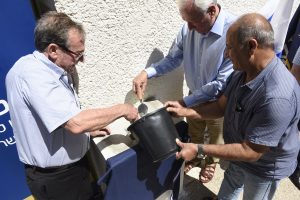

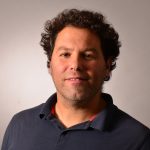
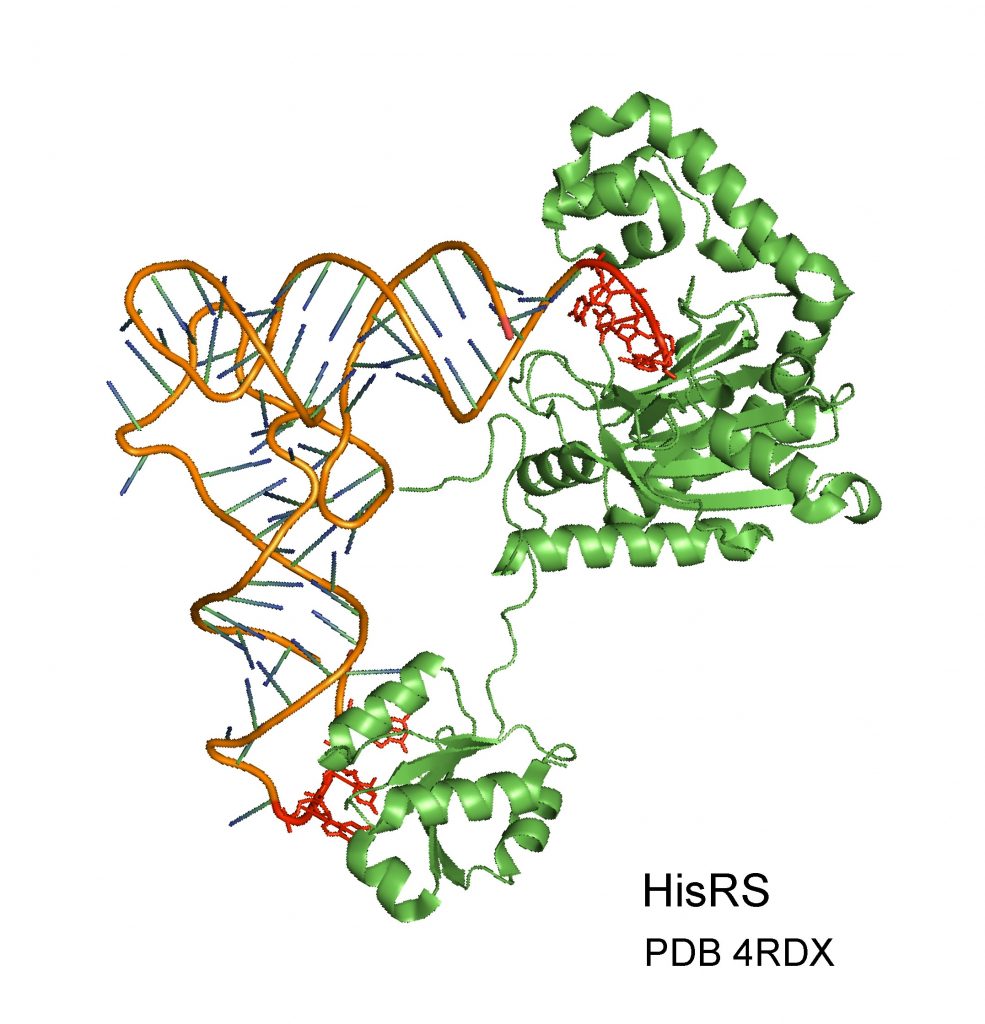
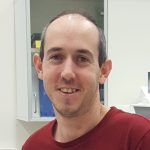
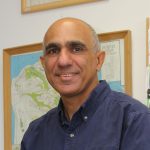
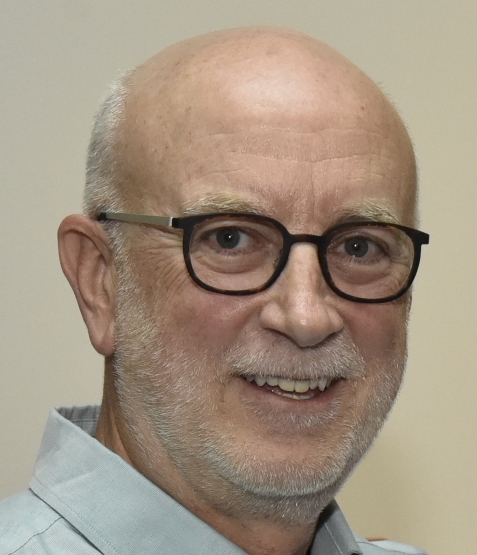
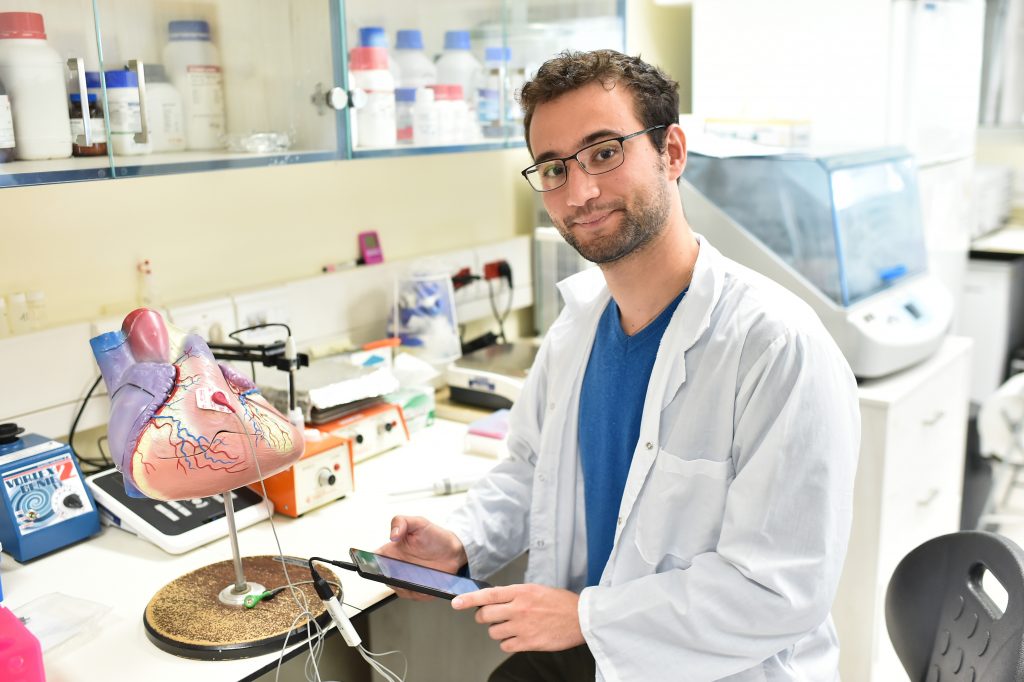

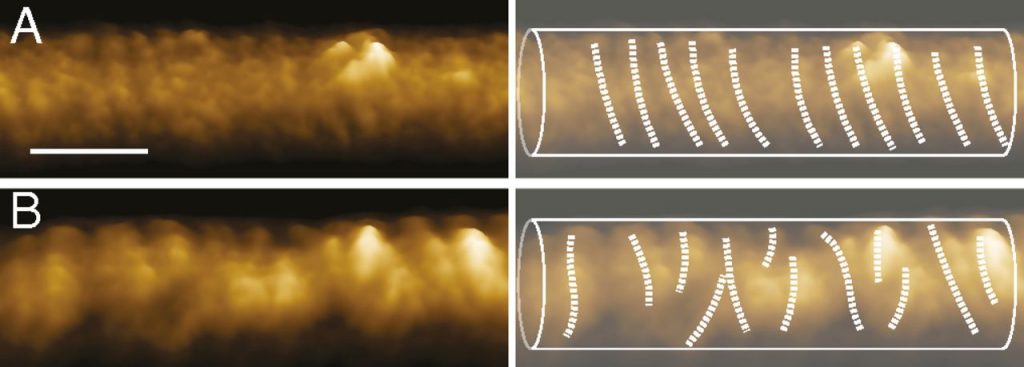 In the endocytosis process, the cell membrane forms a bulge that develops and protrudes inwards. At the end of the process, a separate membrane shell, called a vesicle, forms inside the cell, in which the nutrients are trapped. To complete this process, it is necessary to cut the neck of the budding vesicle and separate it from the cell membrane. A central factor in this act of severing is a protein called dynamin. The dynamin molecules form a chain that tightens around the membrane neck of the bud and severs it, thus releasing the vesicle inside the cell.
In the endocytosis process, the cell membrane forms a bulge that develops and protrudes inwards. At the end of the process, a separate membrane shell, called a vesicle, forms inside the cell, in which the nutrients are trapped. To complete this process, it is necessary to cut the neck of the budding vesicle and separate it from the cell membrane. A central factor in this act of severing is a protein called dynamin. The dynamin molecules form a chain that tightens around the membrane neck of the bud and severs it, thus releasing the vesicle inside the cell. 